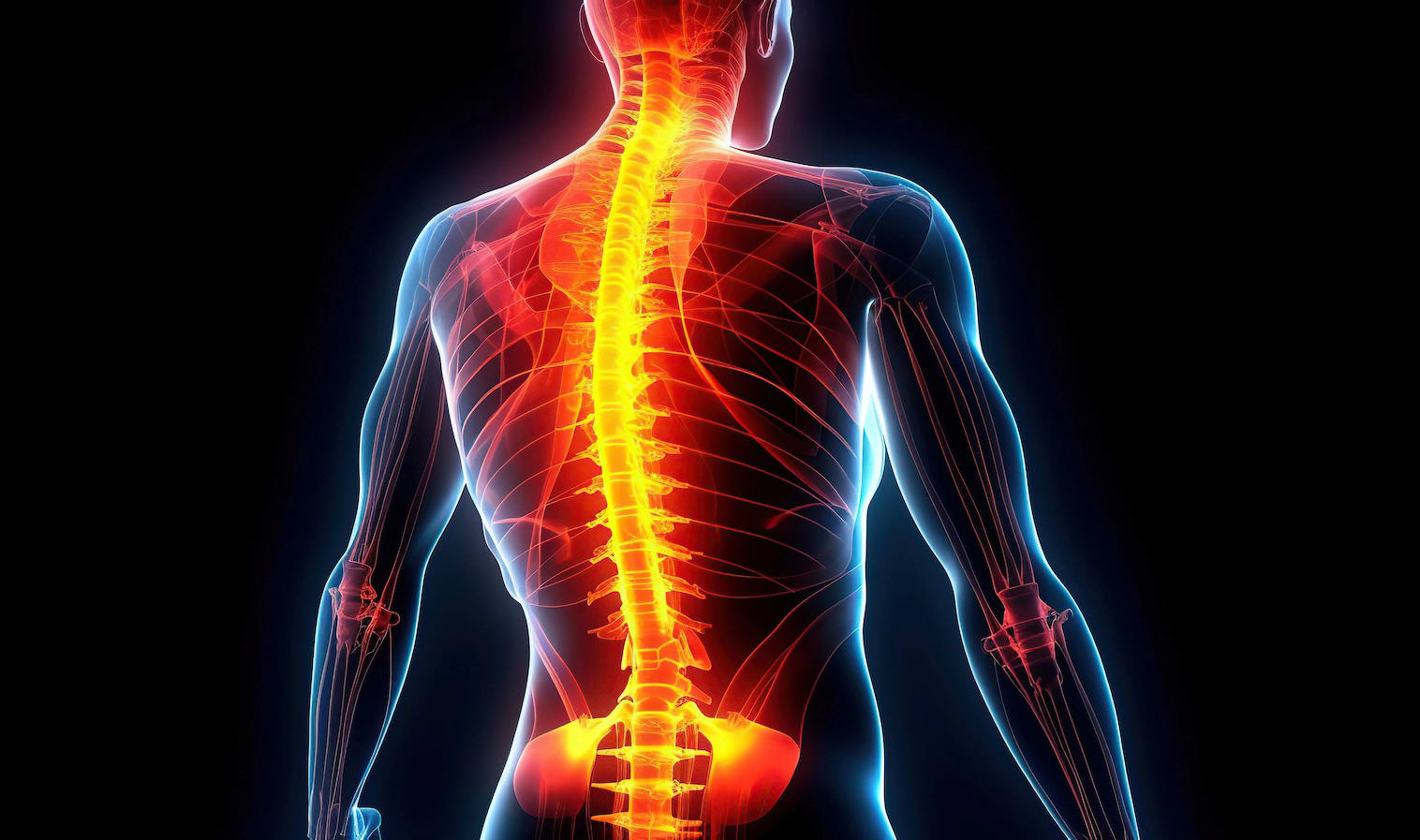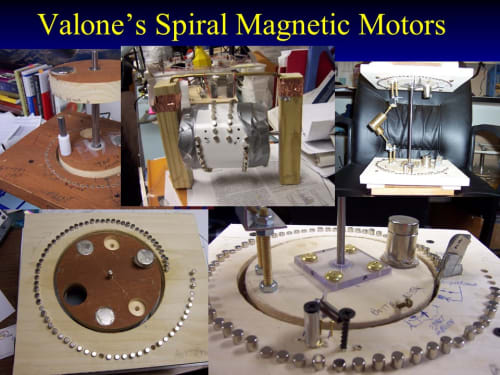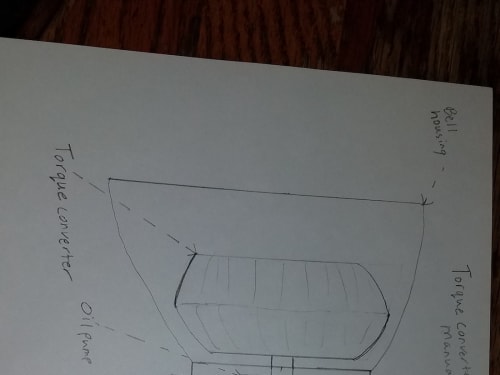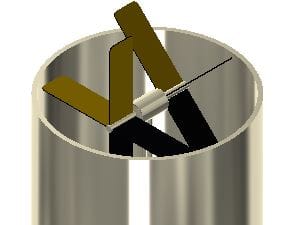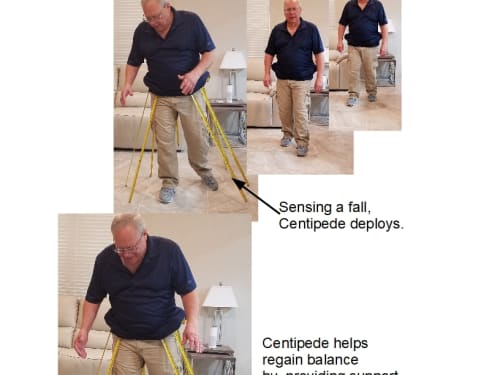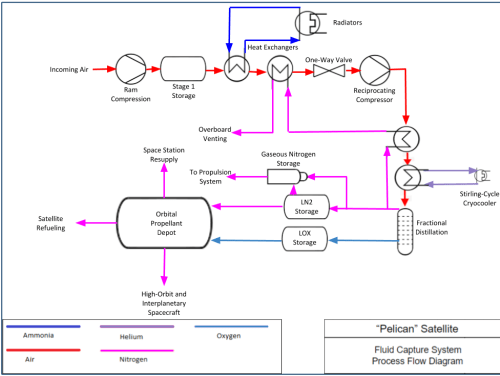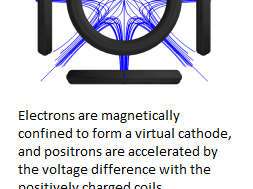The 2025 Contest is Now Open for Entries!
Submit your best new product ideas in any of seven categories for a chance at $25,000 USD and other great prizes. Here’s how to get started.
Help build a better tomorrow
Since Tech Briefs magazine launched the Create the Future Design contest in 2002 to recognize and reward engineering innovation, over 15,000 design ideas have been submitted by engineers, students, and entrepreneurs in more than 100 countries. Join the innovators who dared to dream big by entering your ideas today.
Read About All the 2024 Winning Inventions
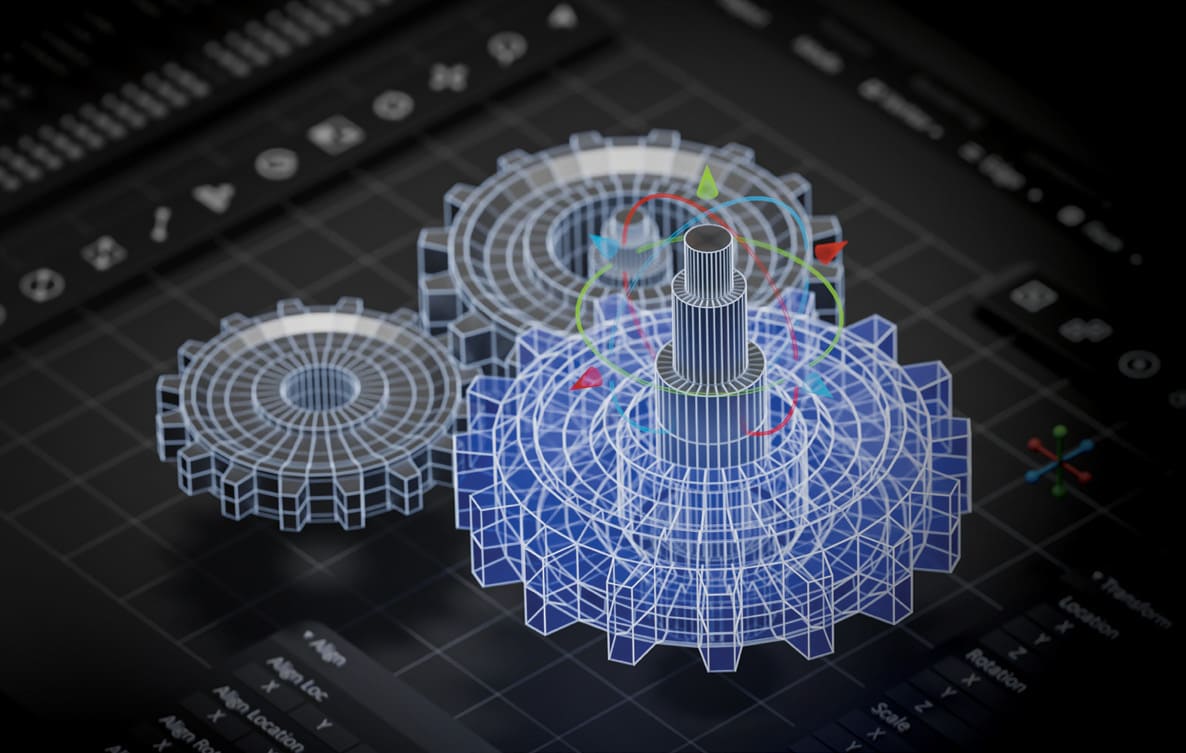
Special Report spotlights the eight amazing winners in 2024 as well as honorable mentions in each category, plus the top ten most popular entries as voted by our community.
Click here to read moreA ‘Create the Future’ Winner Featured on ‘Here’s an Idea’
Spinal cord injury affects 17,000 Americans and 700,000 people worldwide each year. A research team at NeuroPair, Inc. won the Grand Prize in the 2023 Create the Future Design Contest for a revolutionary approach to spinal cord repair. In this Here’s an Idea podcast episode, Dr. Johannes Dapprich, NeuroPair’s CEO and founder, discusses their groundbreaking approach that addresses a critical need in the medical field, offering a fast and minimally invasive solution to a long-standing problem.
Listen nowThank you from our Sponsors
“At COMSOL, we are very excited to recognize innovators and their important work this year. We are grateful for the opportunity to support the Create the Future Design Contest, which is an excellent platform for designers to showcase their ideas and products in front of a worldwide audience. Best of luck to all participants!”
— Bernt Nilsson, Senior Vice President of Marketing, COMSOL, Inc.
“From our beginnings, Mouser has supported engineers, innovators and students. We are proud of our longstanding support for the Create the Future Design Contest and the many innovations it has inspired.”
— Kevin Hess, Senior Vice President of Marketing, Mouser Electronics
contest/2018
2018
What health care problem does this device solve?
The evolving field of the microbiome, the microbiome is "the ecological community of commensal, symbiotic and pathogenic microorganisms that literally share our body space". This term was created by Joshua Lederberg to point out the importance of the many microorganisms inhabiting the human body,
The Spiral Magnetic Motor (SMM) is novel and unique since it has been proven to accelerate a permanent magnet rotor through 90% of its cycle with only permanent magnets, thus potentially providing a clean, inexhaustible source of constant torque for use as a motor or generator. The principle of applying an inhomogeneous,
The invention provides a lighter,
1) How it works
a. This system replaces the clutch system for manual transmissions with a locking torque converter, variable vane oil pump, and a clutch pack which will operate as the clutch system for a manual transmission. Components will include a computer-controlled valve body which controls when the clutch pack engages and when the locking torque converter engages.
Introducing the Up! App
One of the biggest challenges manufacturers face today is machine downtime. When a machine goes down, it’s costing a company revenue, profit and reputation. There are also often long wait times to receive service.
A win-win for service requesters and providers
The Up!
1. Nature of Technology/Product
The Solar Mill concept is a method of integrating two different forms of solar energy collection into one efficient system. This coupling enables us to harvest energy from a wider range in the electromagnetic spectrum.
CENTIPEDE
-they never fall-
CENTIPEDE is a different approach to fall prevention. Older people know that one day they will slip and fall. Most live in fear of this, because they have seen the results of their friends falling. Tragically, every second of the day in the states an older adult falls,
Despite its appearance as a barren, hard vacuum, Low Earth Orbit (LEO) has a very precious resource: Earth’s atmosphere. The atmosphere does not end at the official boundary of space (100 km) but grows increasingly rarified to an altitude well beyond that occupied by the International Space Station. At 180 km, there is a thin mixture of nitrogen, oxygen,
The principles used in a polywell fusion reactor can also be applied, and more readily, for an electron-positron antimatter collider/reactor. Polywell fusion reactors make use of the principle that electrons require much smaller magnetic energy density in order to be magnetically confined than more massive ions. However, this principle applies equally to positrons. Thus,
Page 17 of 58
